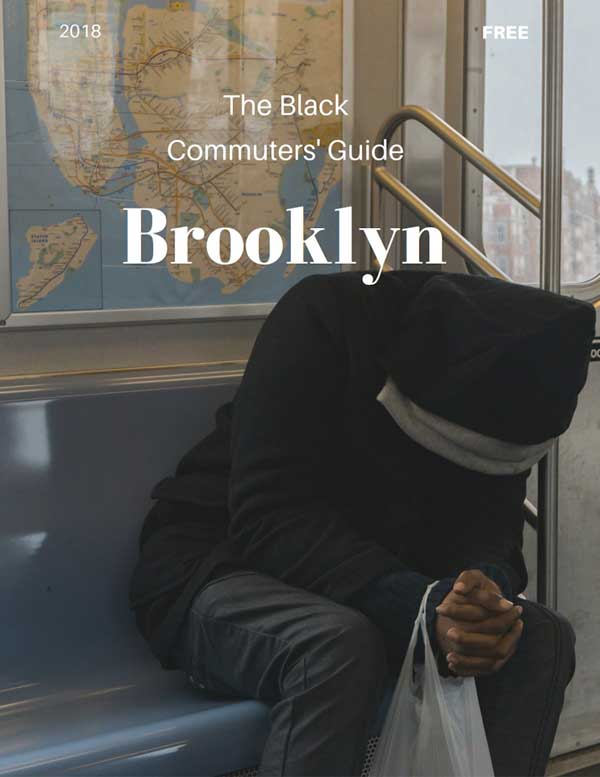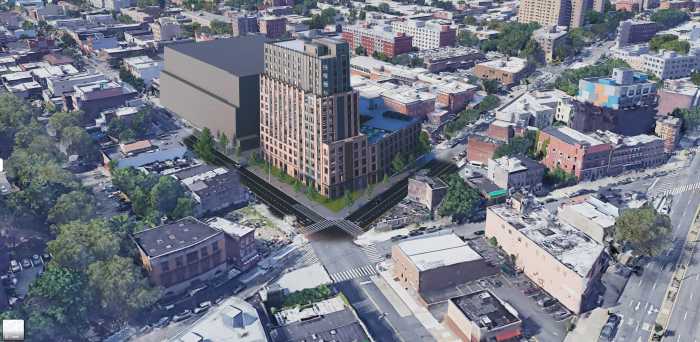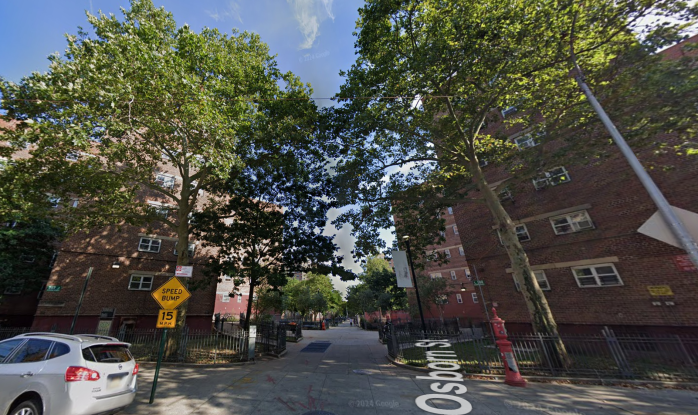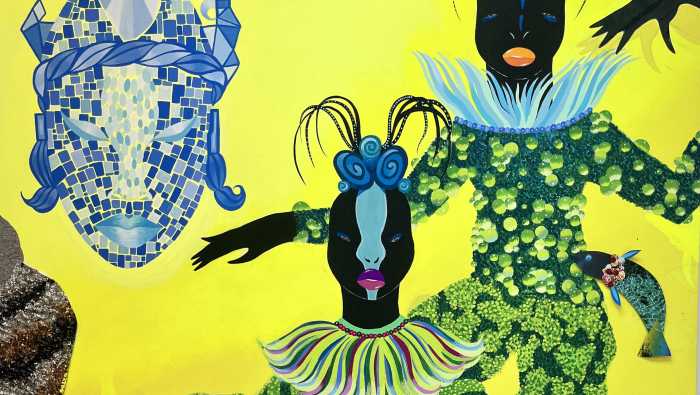This book tells black commuters what to know before they go.
Leaders of a city-based social-justice group recently published a book that identifies the borough subway stations where cops are most likely to cuff fare jumpers in an attempt to shed light on what the authors argue is a massive disparity in the skin color of offenders.
“The reason I created the book is because the numbers of black people being arrested for fare evasion is unconscionable,” said Brandon Hicks, an organizer at civil-rights organization, National Action Network.
Transit officers who catch someone evading a fare can take several actions, including issuing warnings, citations, or arresting the person, according to the creator of “The Black Commuters’ Guide: Brooklyn”, who said cops typically choose cuffs — the stiffest penalty — for black offenders.
“The harshest crime is arrest and that is always the case for black people,” Hicks said. “Either this is implicit bias or they are deliberately preying on black people, because the numbers are not reasonable.”
The police department’s Transit District 33 — which includes stations in Bushwick, Bedford-Stuyvesant, East New York, and Brownsville — books the vast majority of fare jumpers offenders, according to the book.
Stations at Atlantic, Livonia, and Sutter avenues along the L-train line and the 3-train’s Junius Street station, all of which are in predominantly black and low-income neighborhoods, are the hubs with the highest arrest rates, Hicks said.
In 2016, 90 percent of all of fare-evasion offenders cuffed by police were people of color, and 60 percent of them were black, according to the author, who said black men between the ages of 16 and 36 accounted for the majority of the arrests.
National Action Network members tried to meet with the captain of Transit District 33, but have yet to confirm a sit-down, Hicks said.
The book is an homage to “The Negro Motorist Green Book,” published during the Jim Crow era to alert black travelers on sundown towns, interstates, cities, and lodgings they could safely visit. But it is also a tool for black straphangers, who should know where to look out for police, Hicks said.
“Brooklyn needs to be aware of these places and where arrest rates are higher,” he said.

























